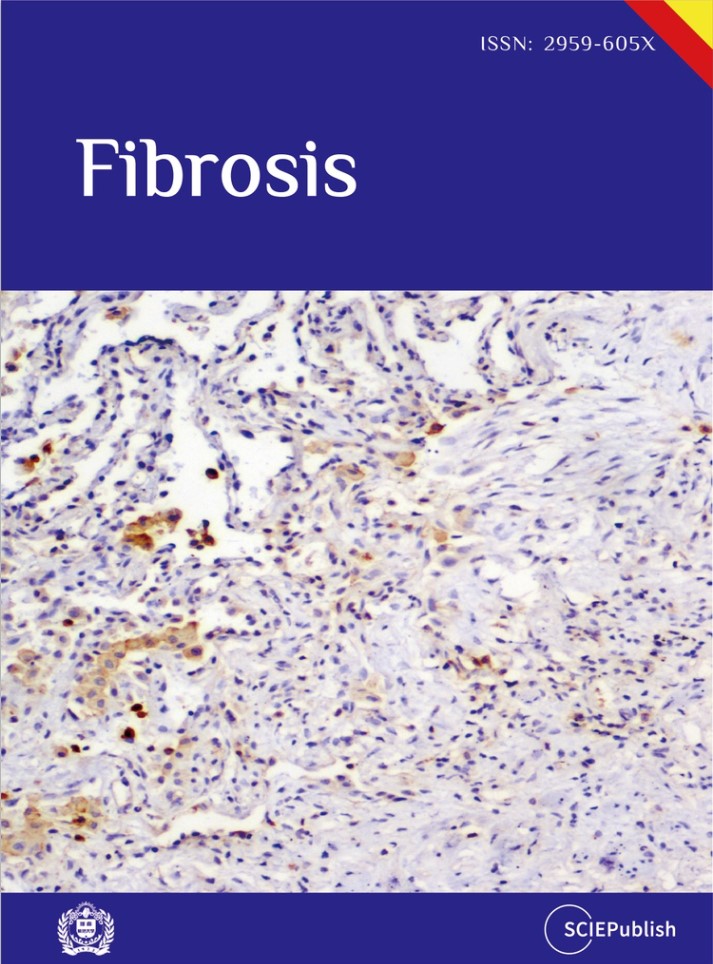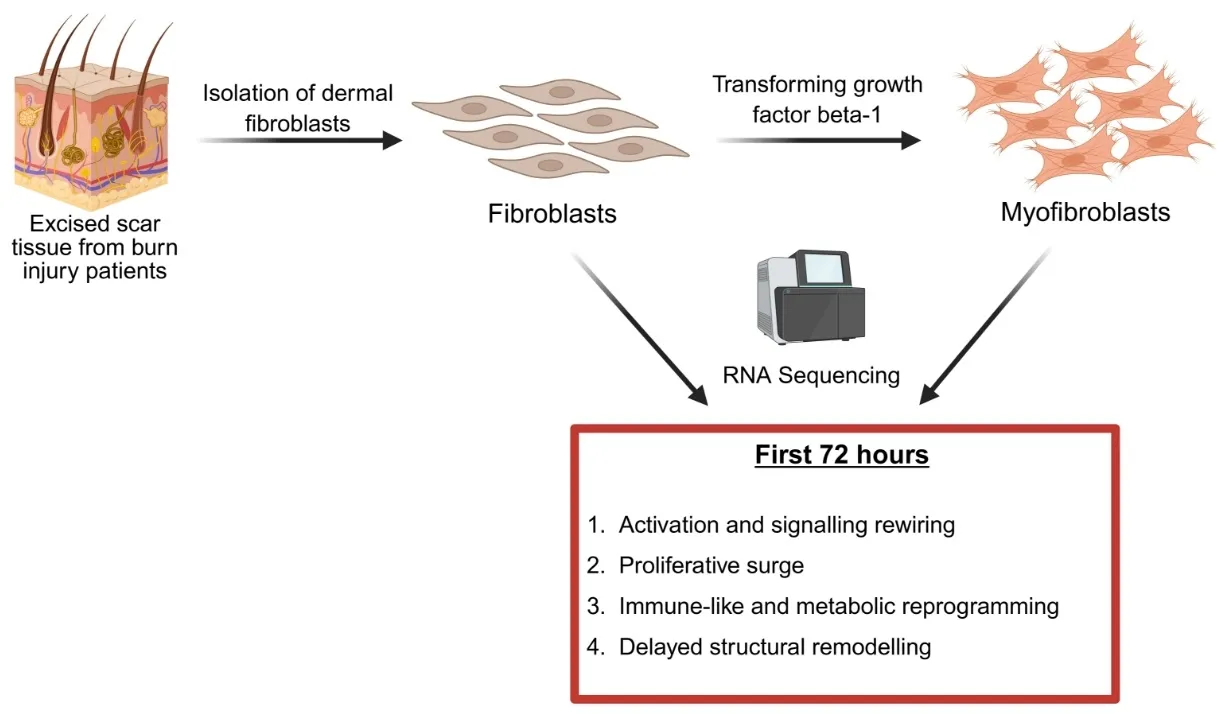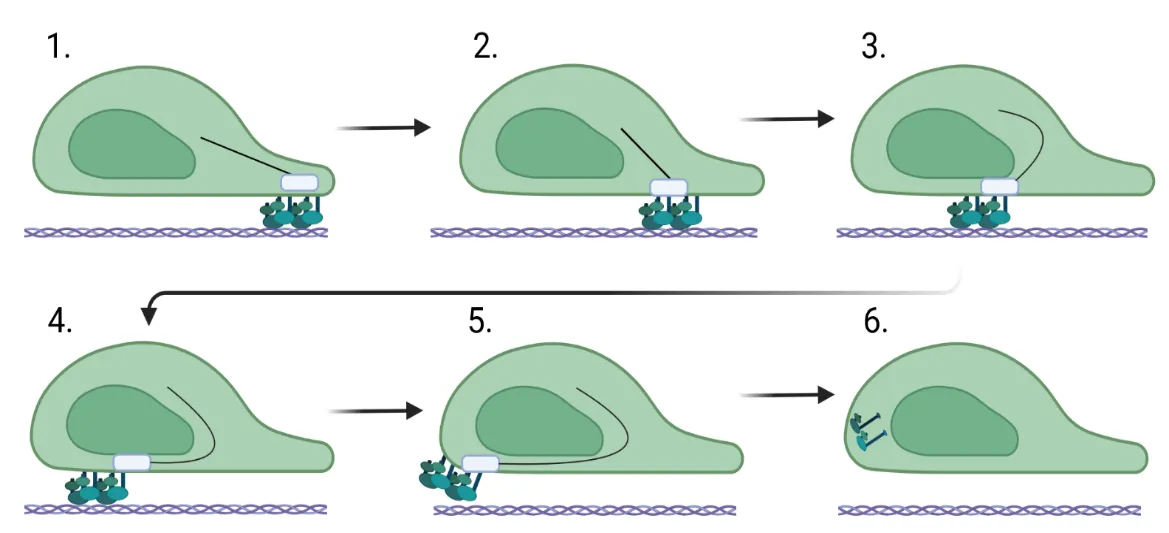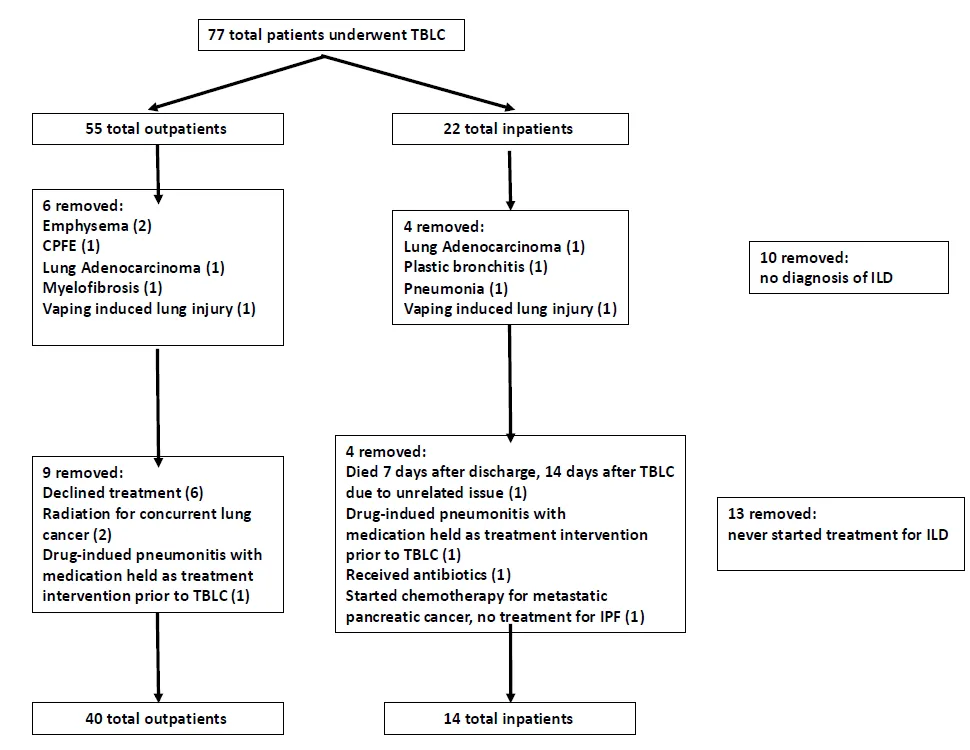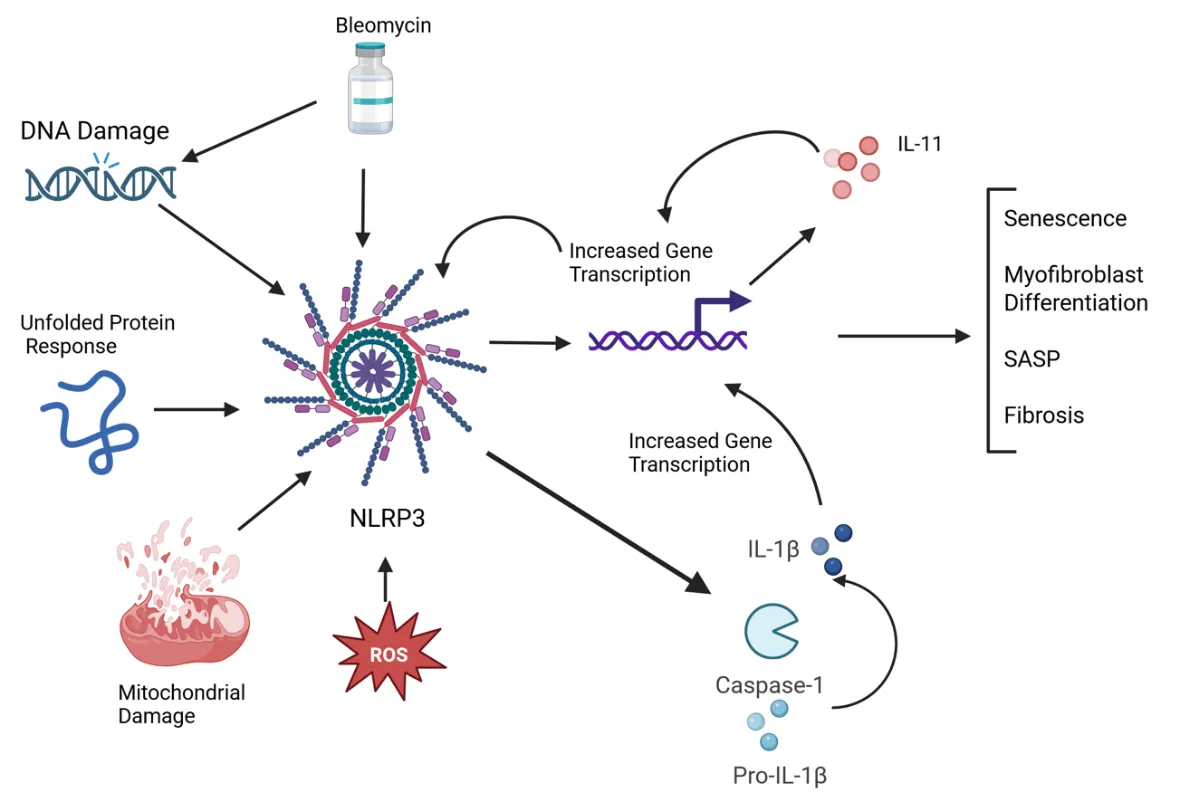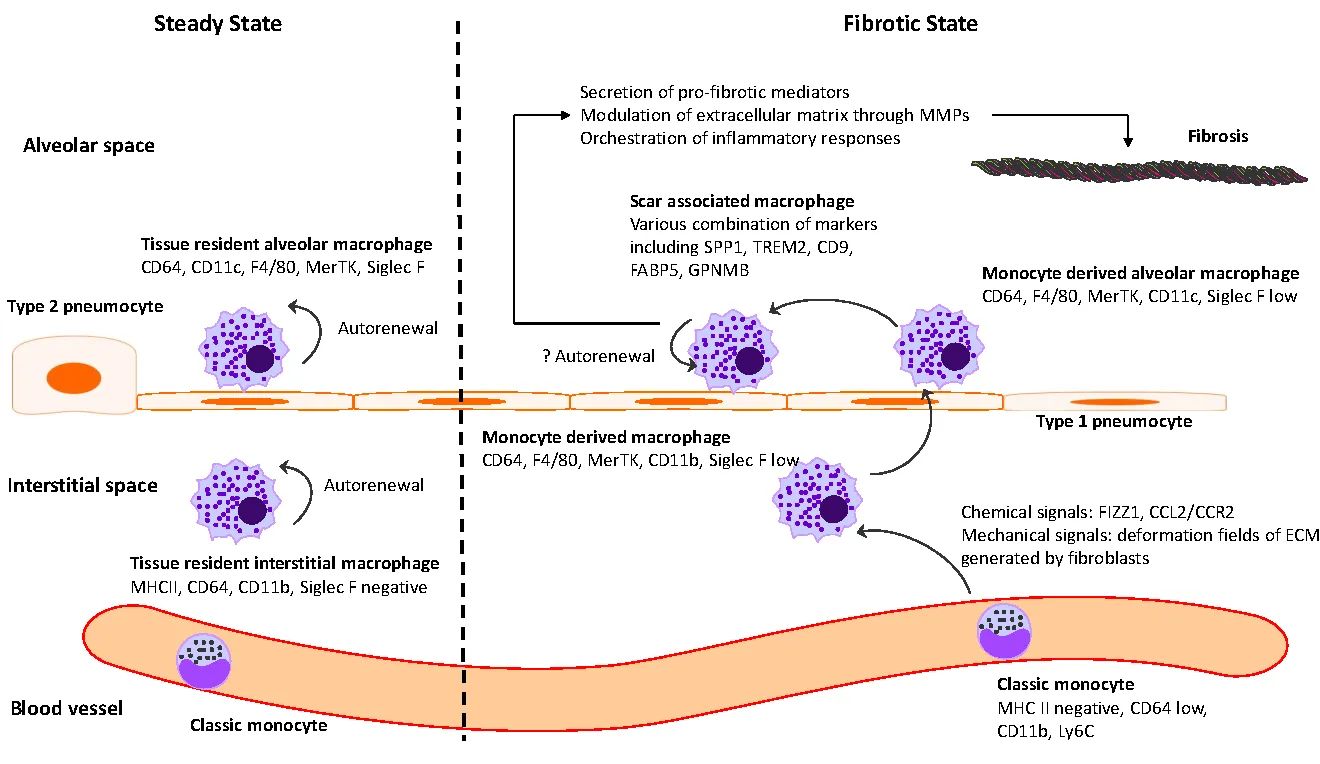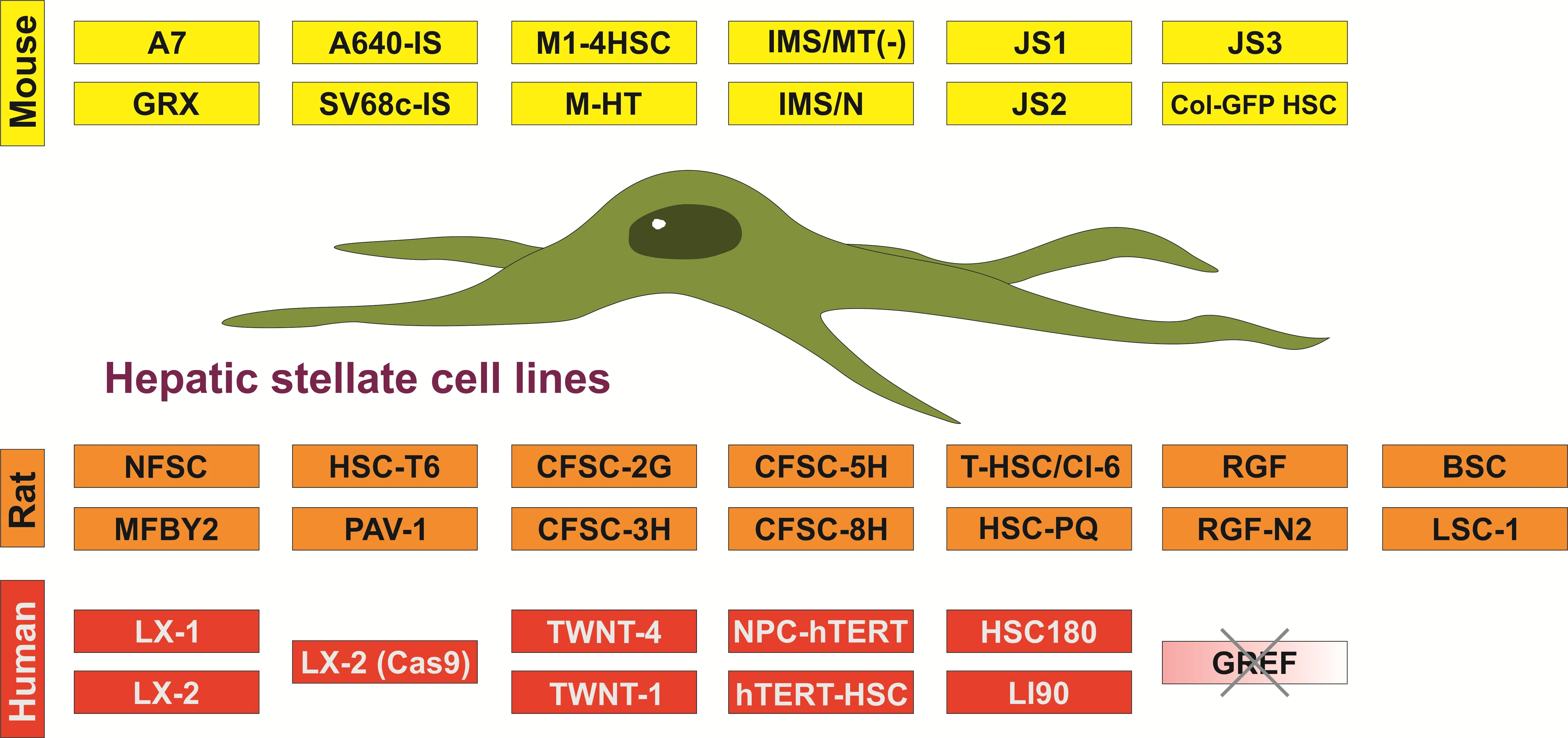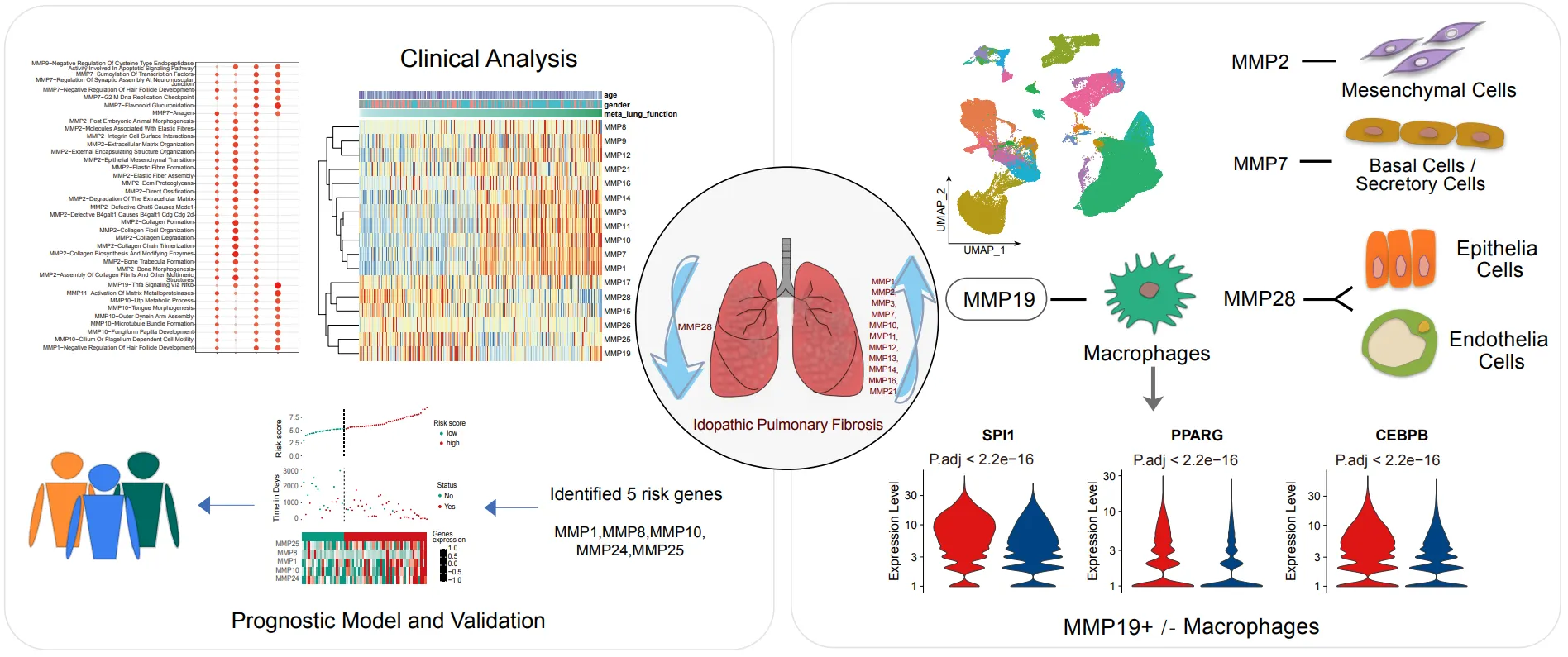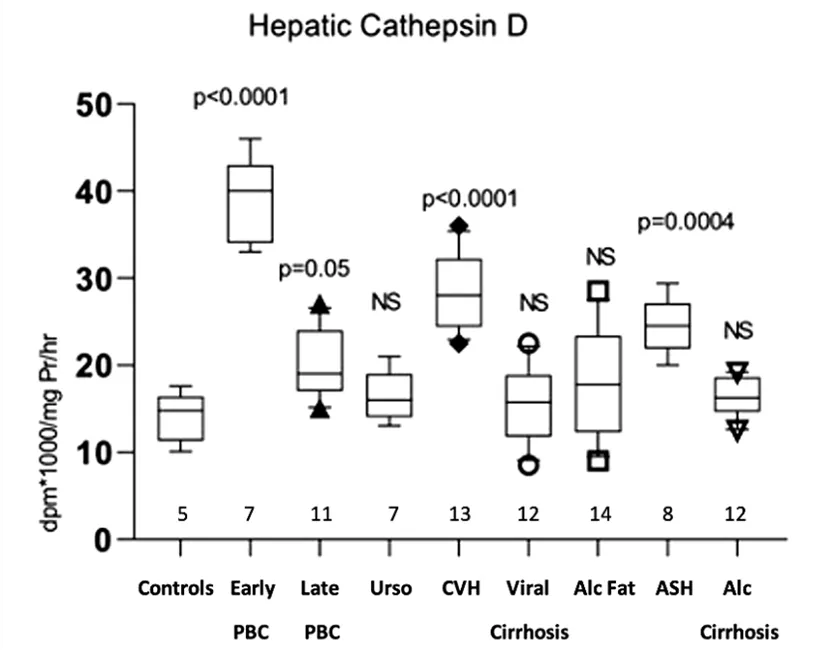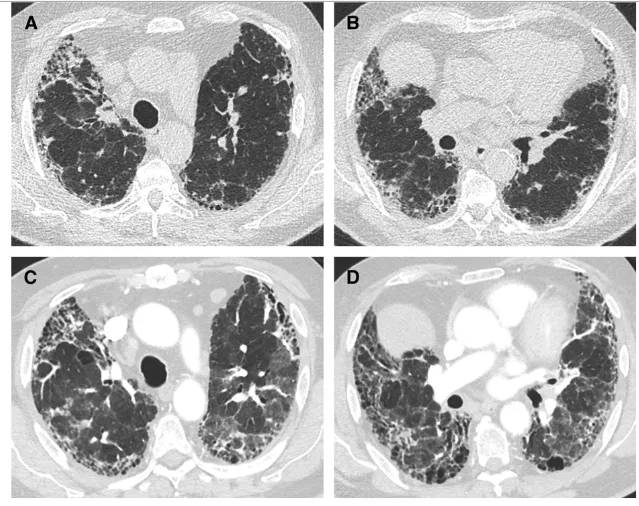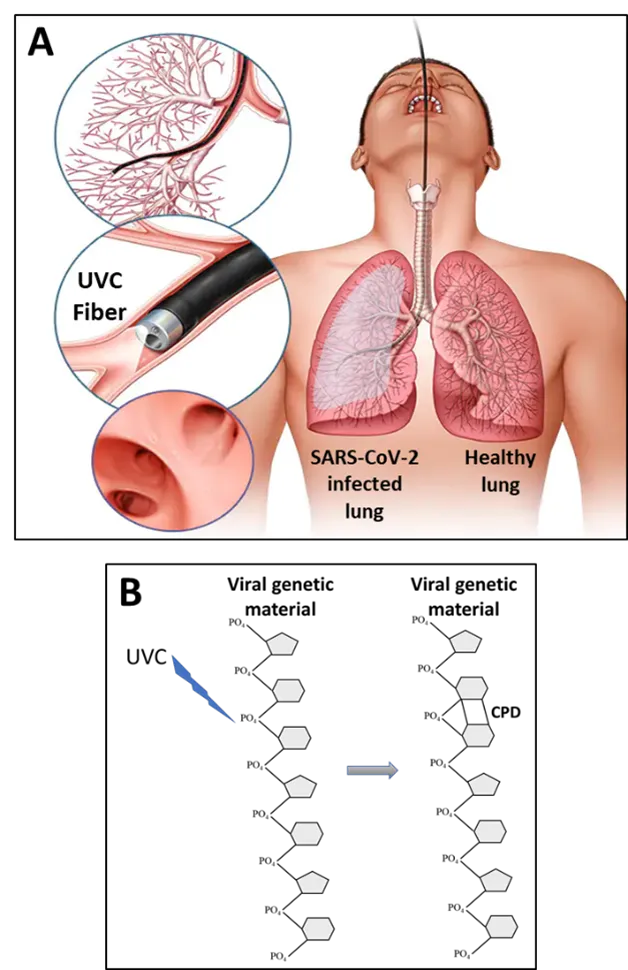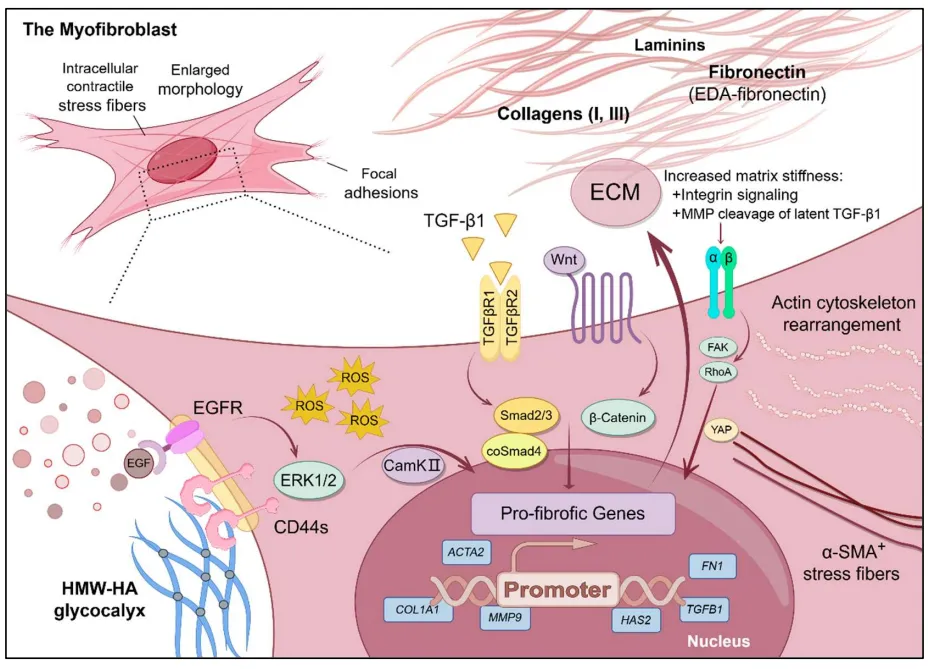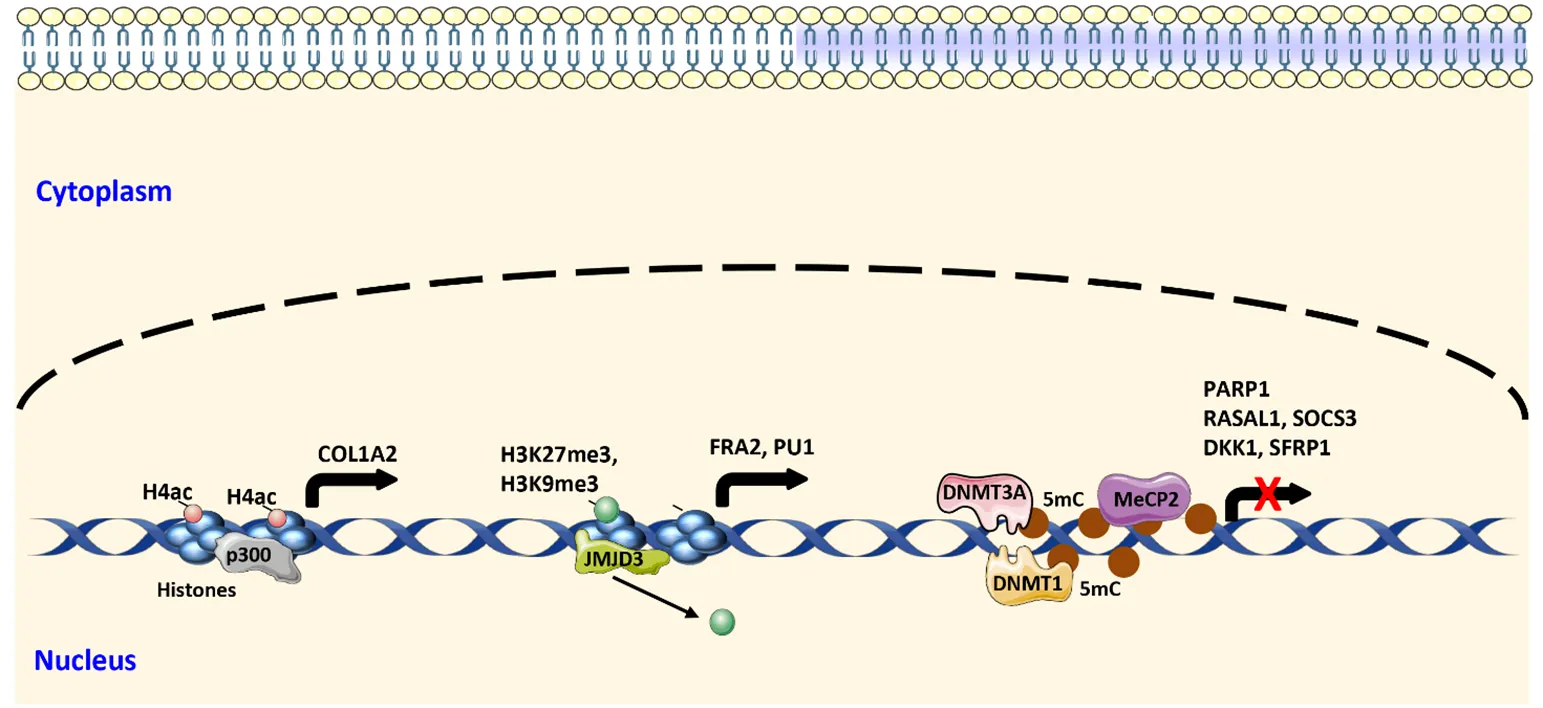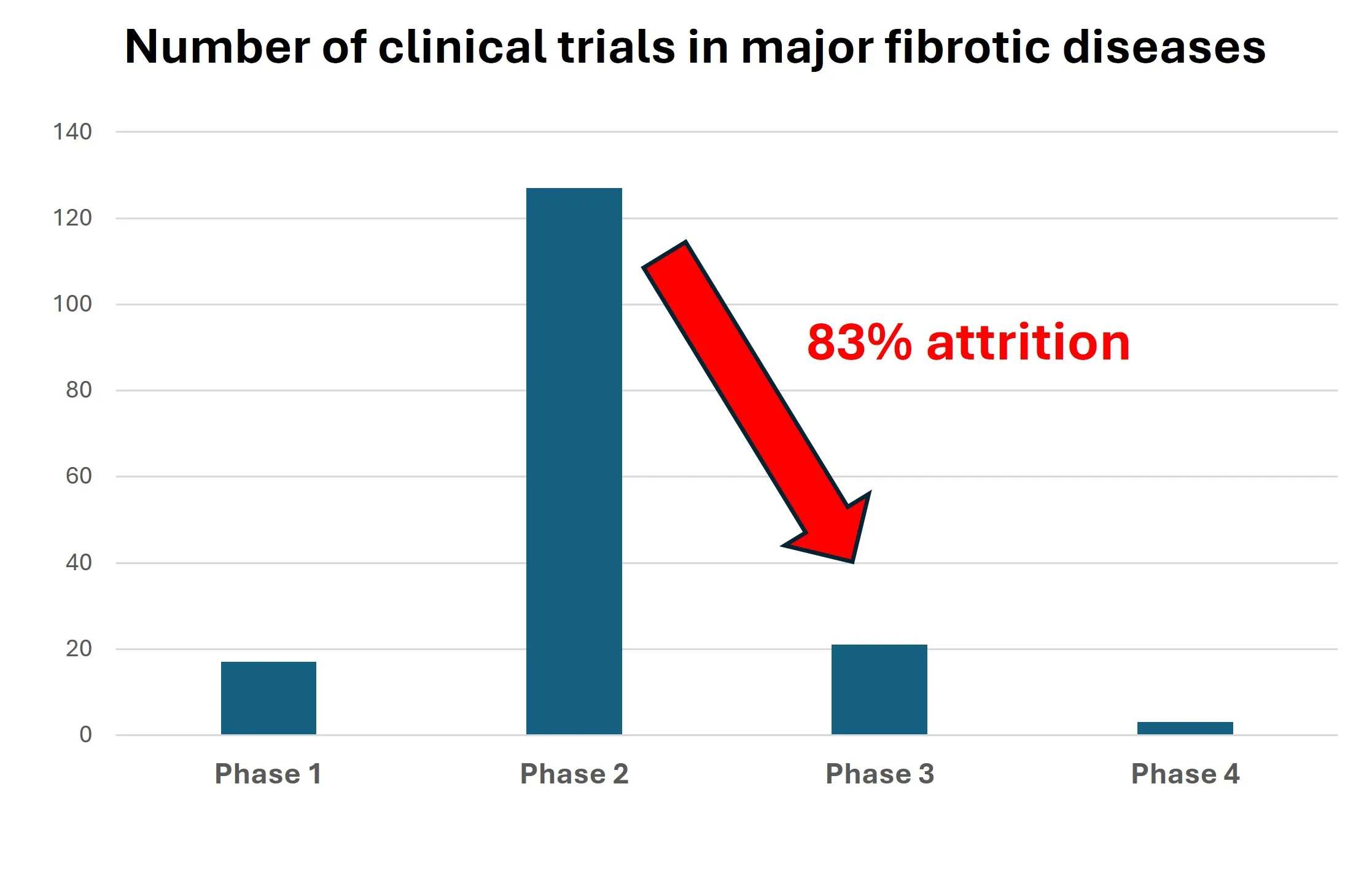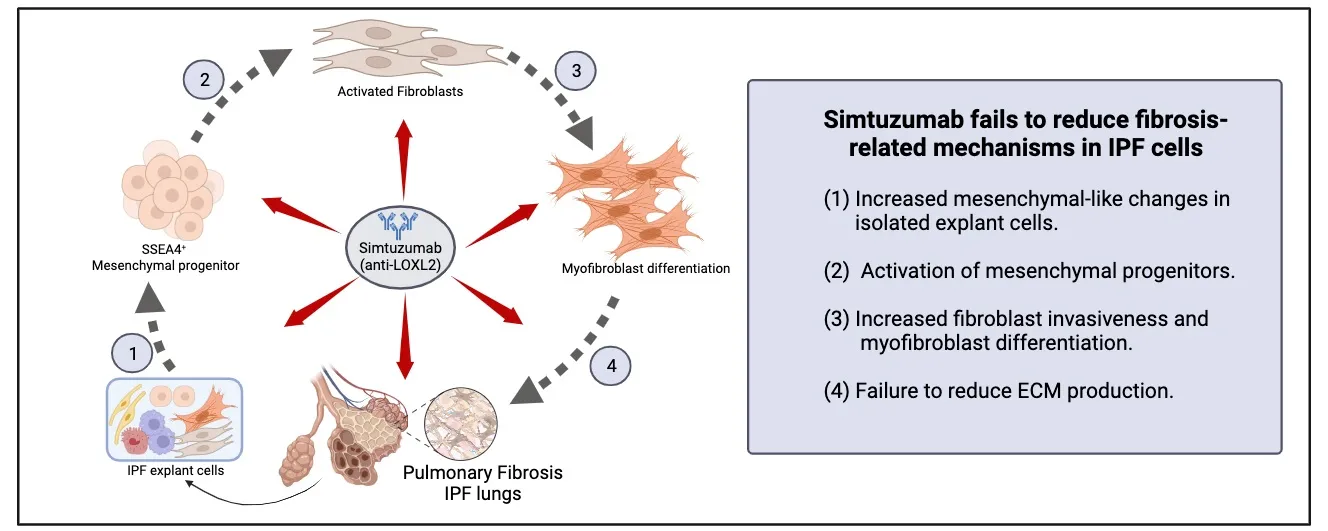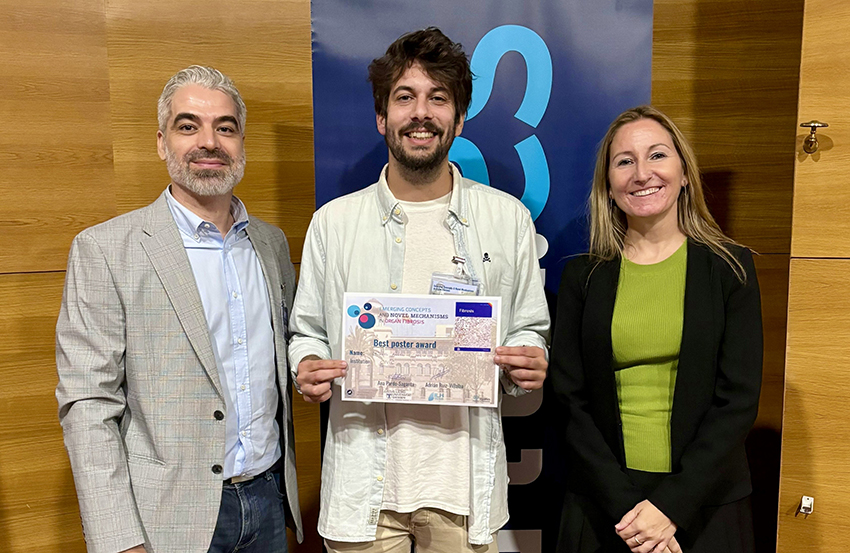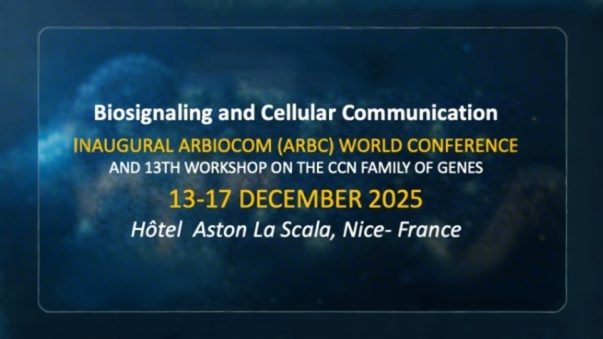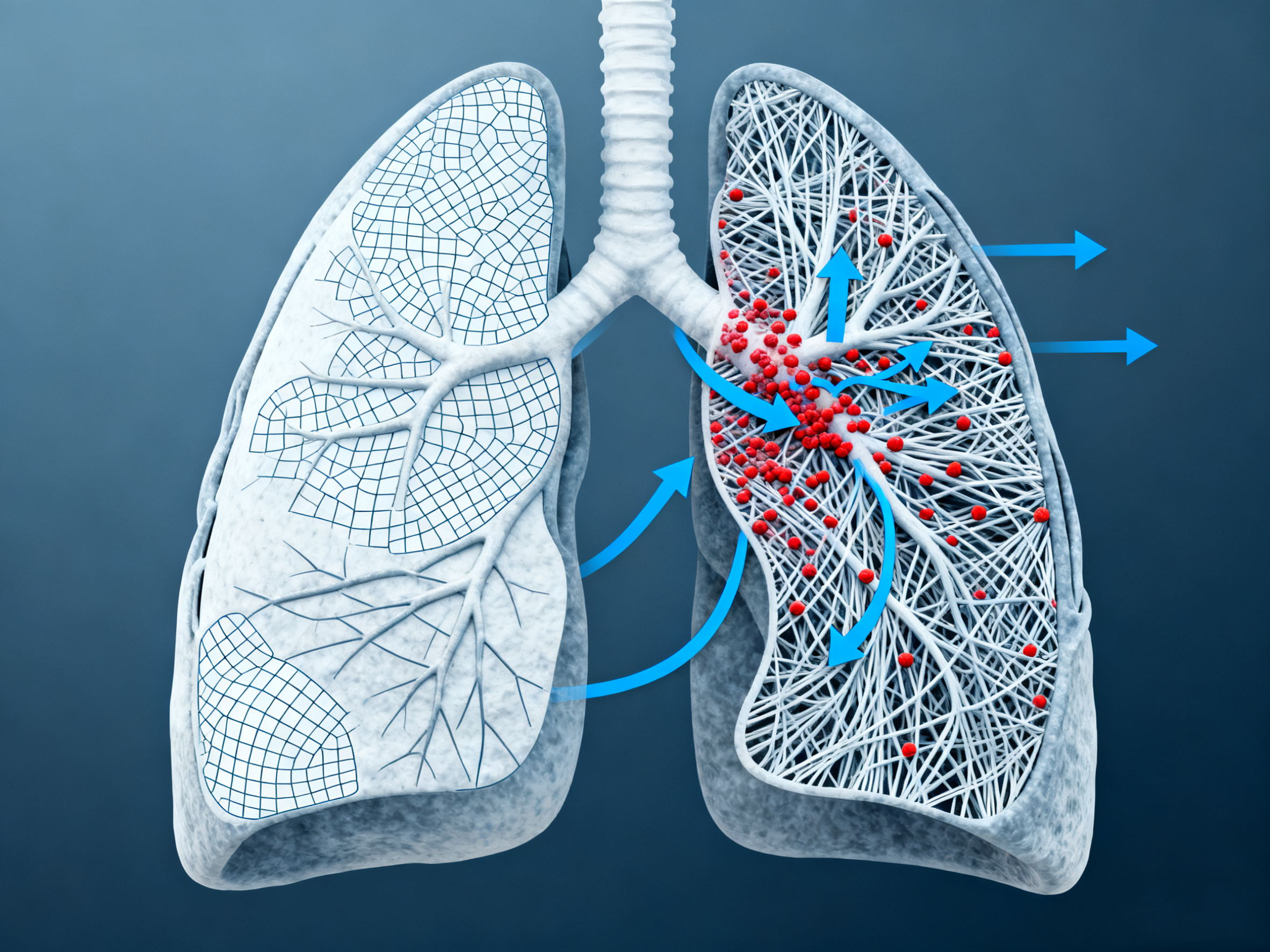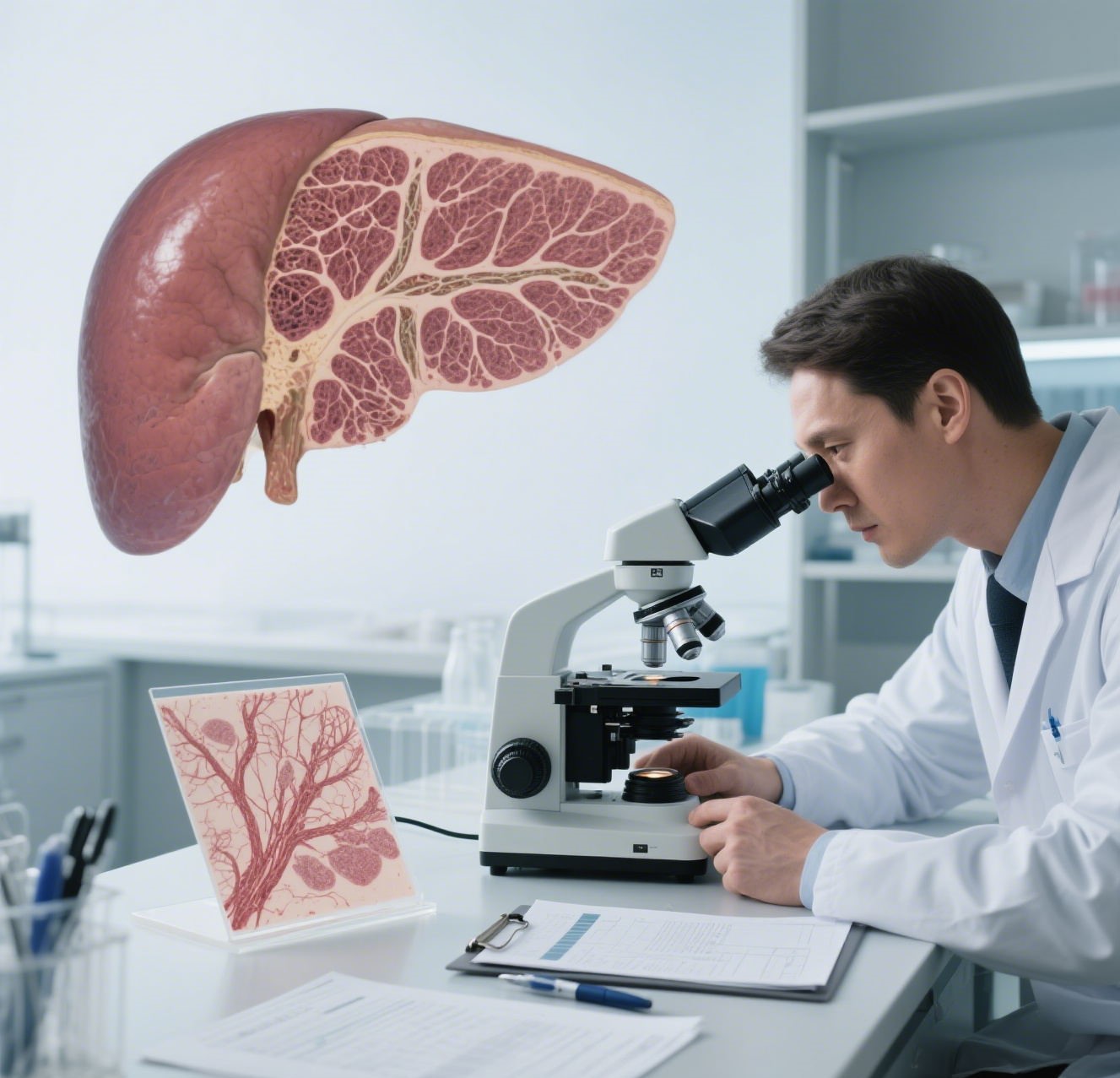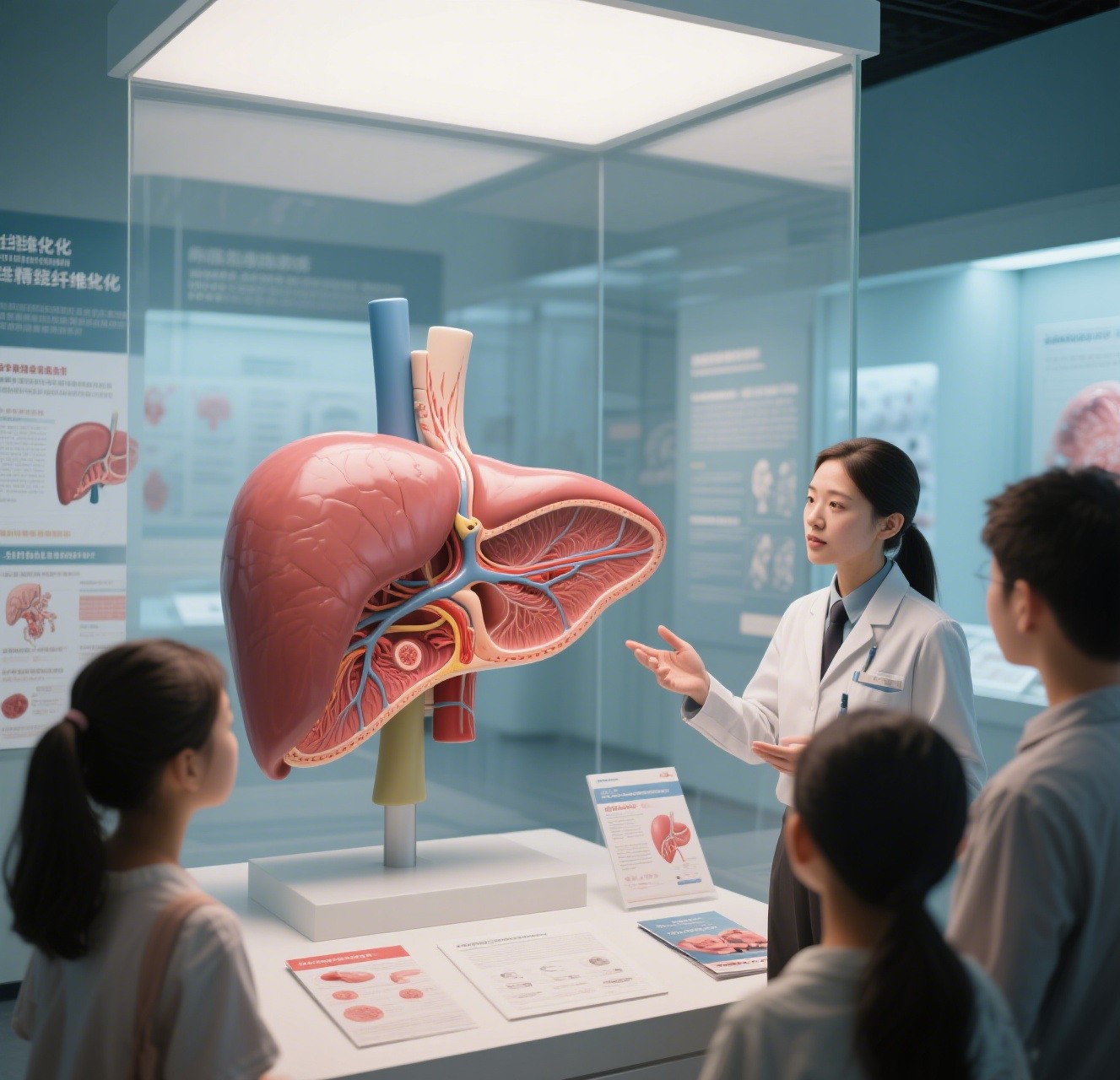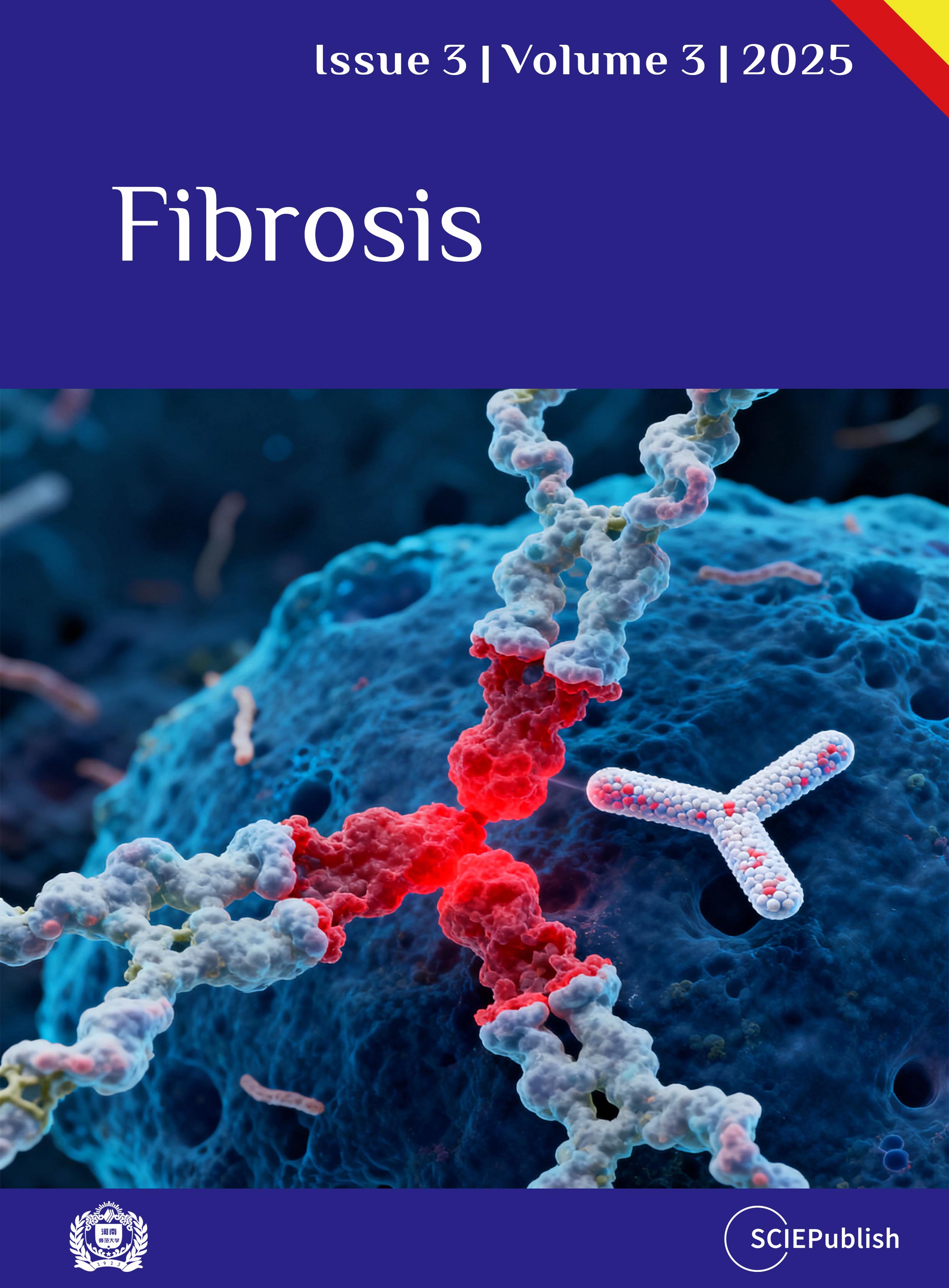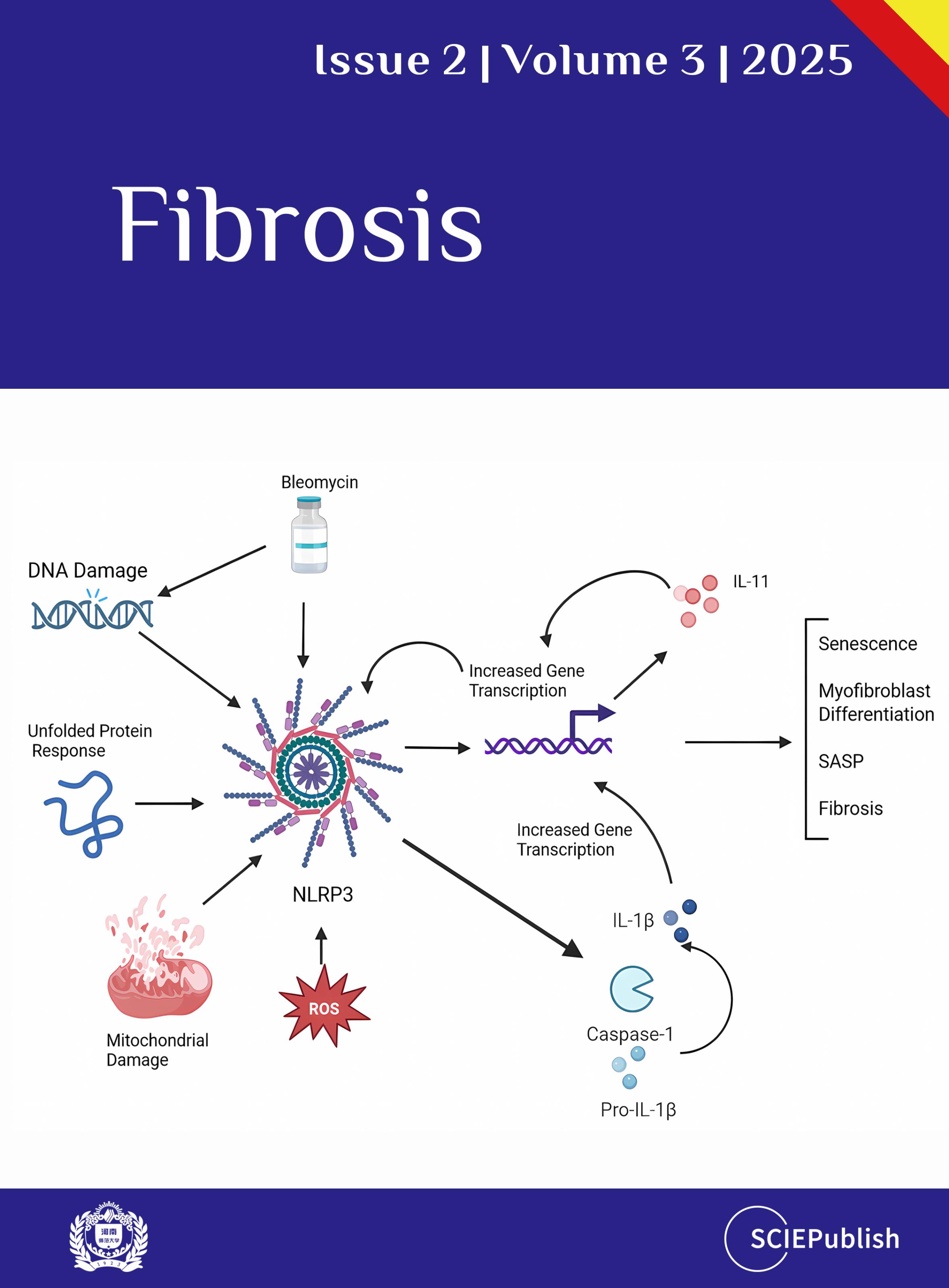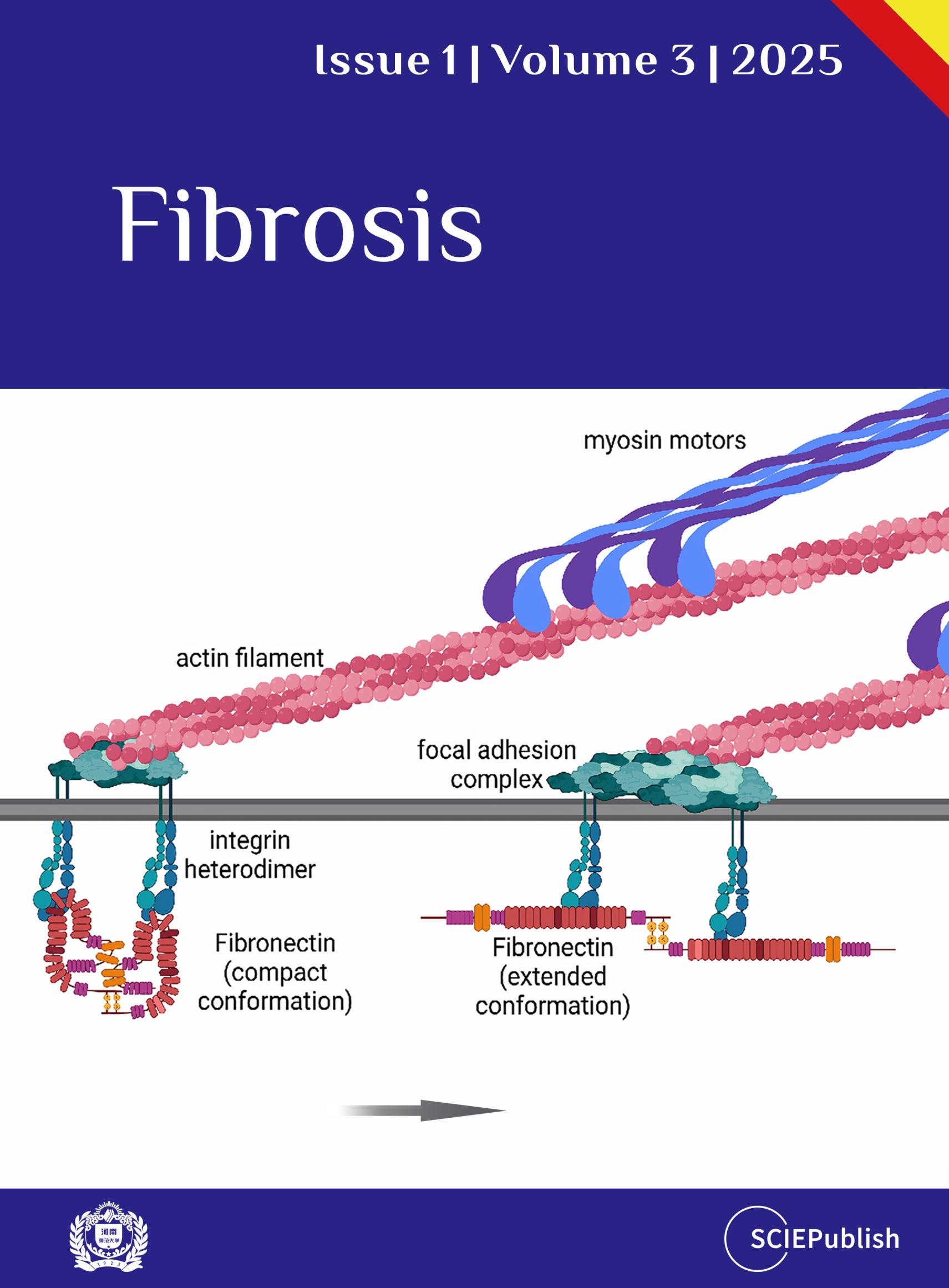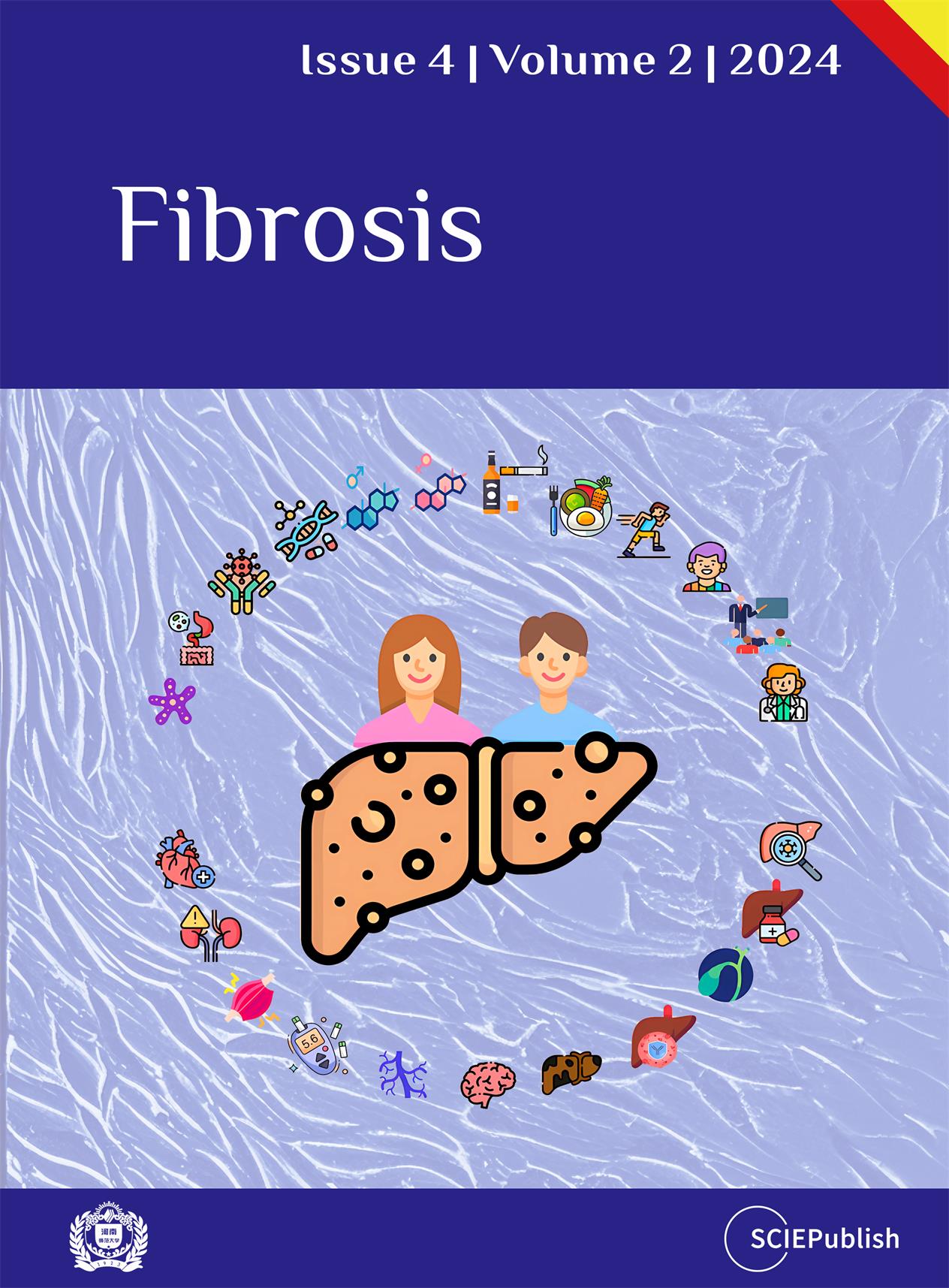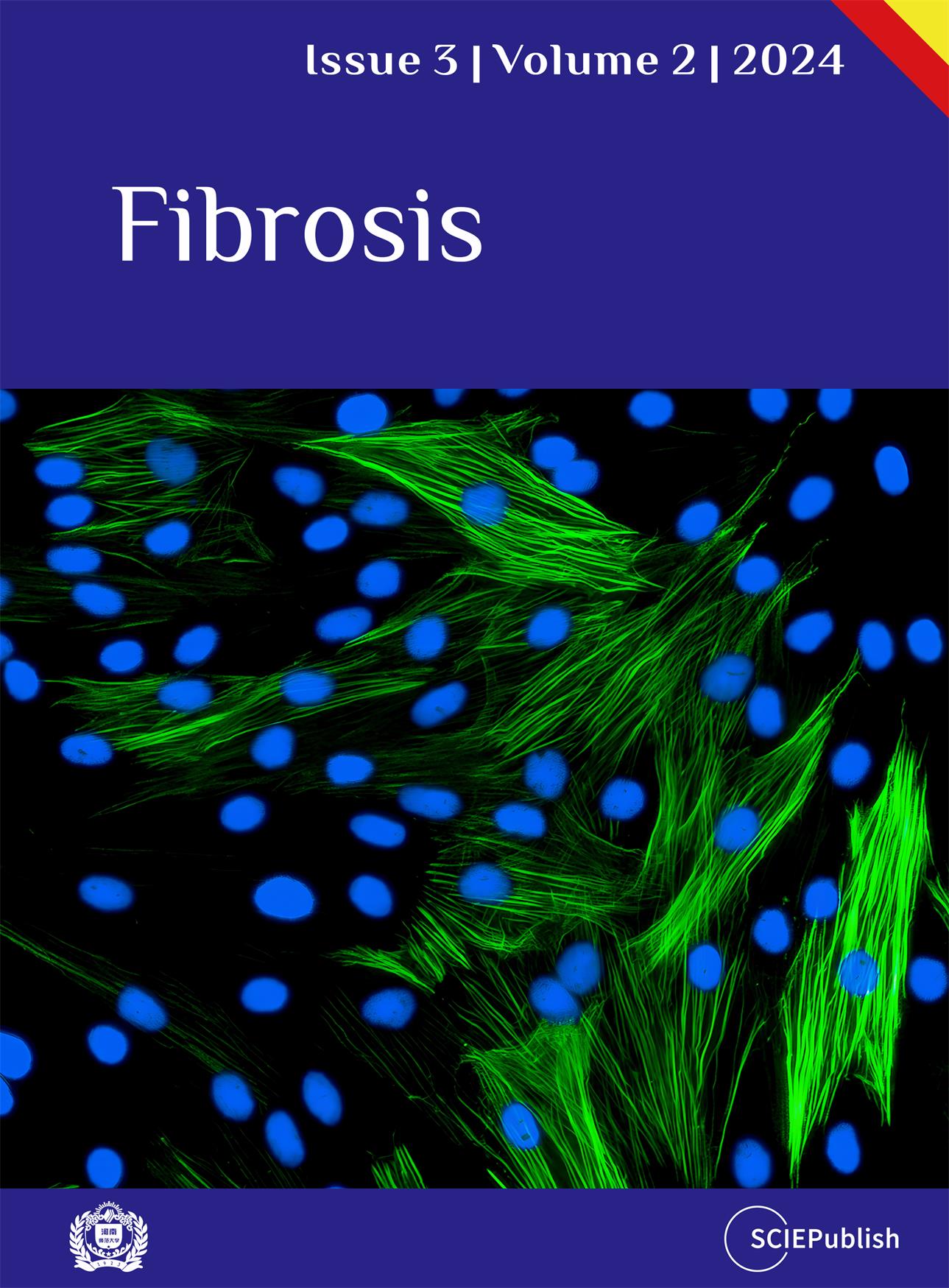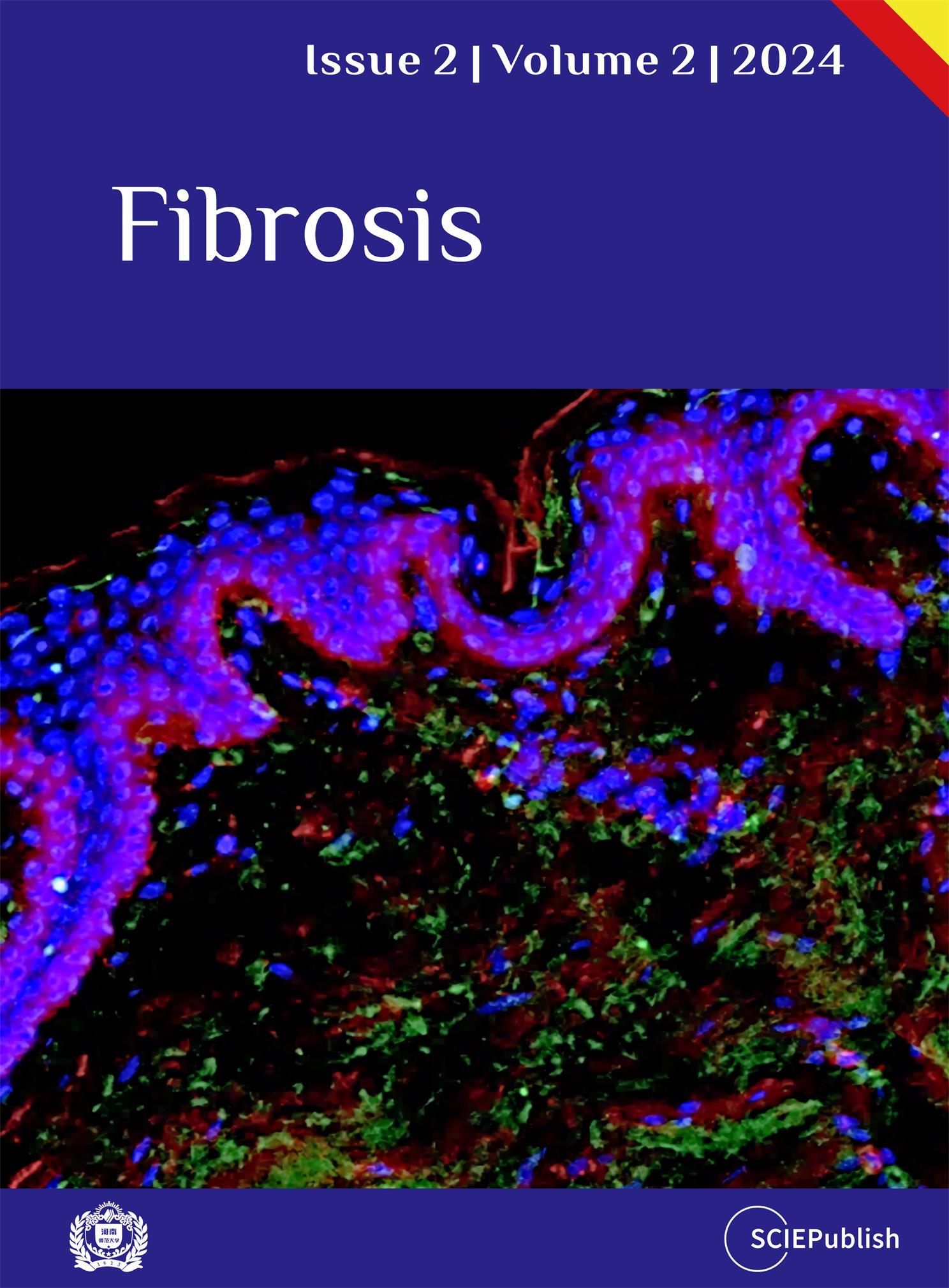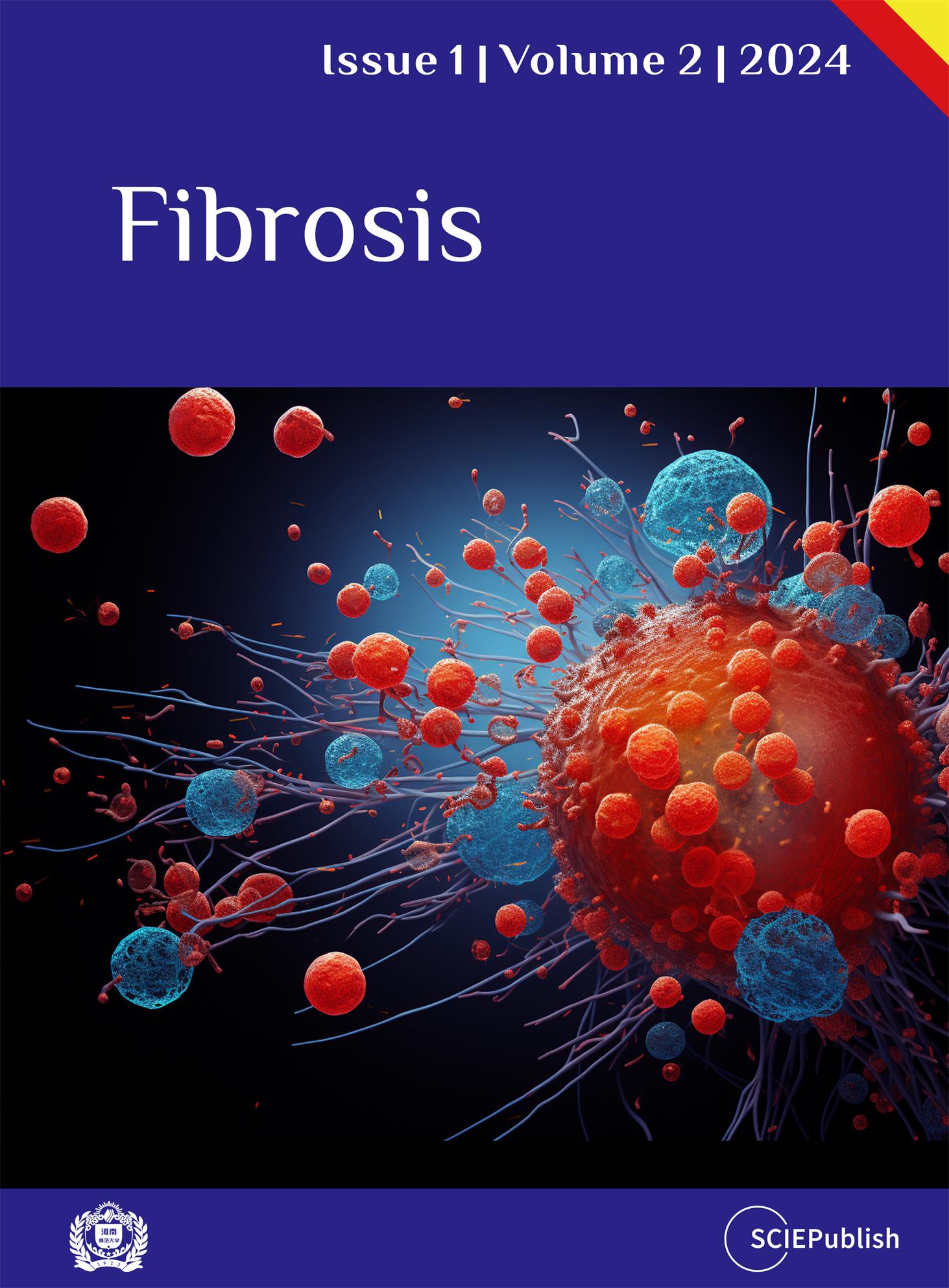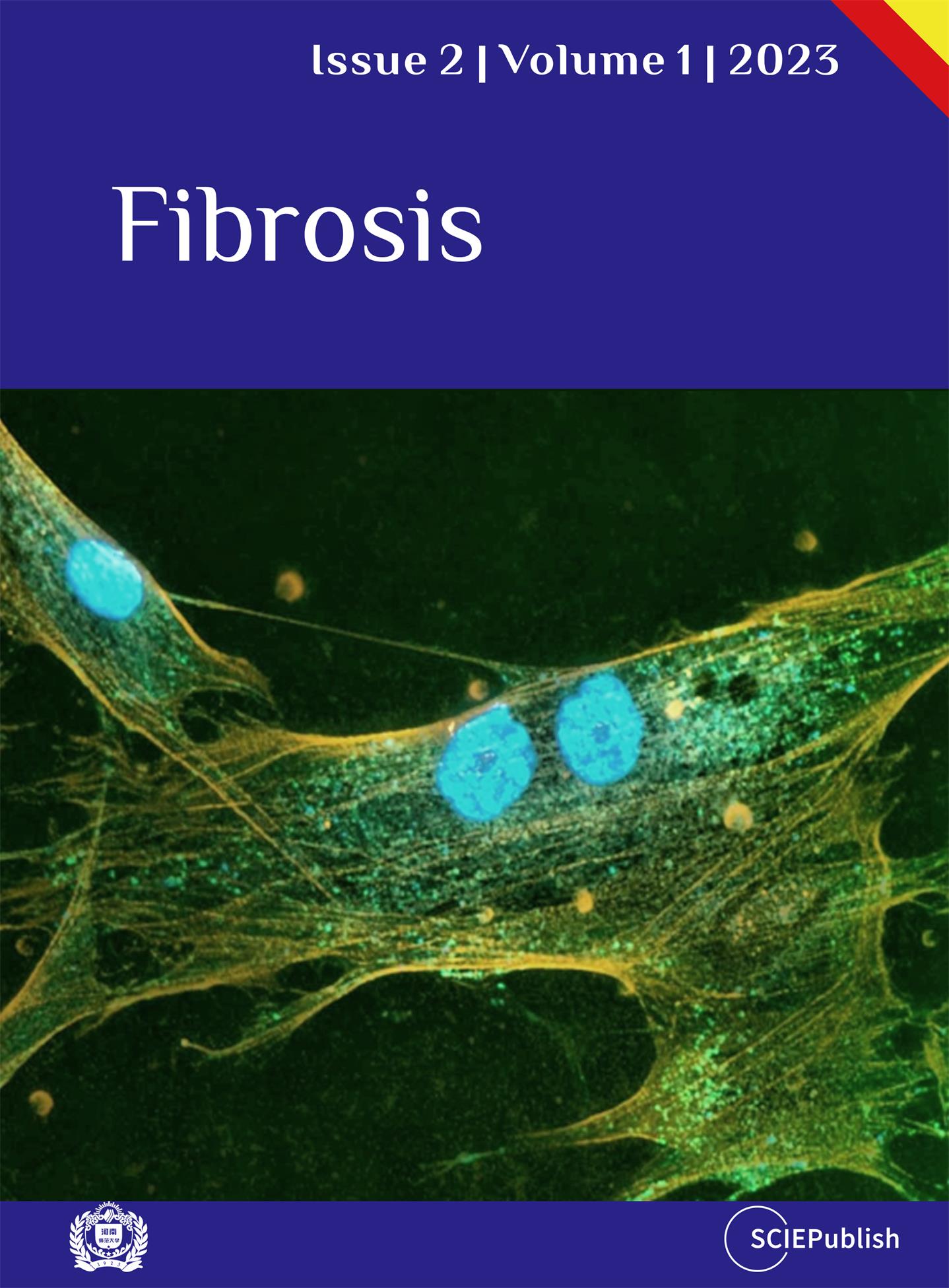The
accumulation of extracellular matrix proteins is the hallmark of liver fibrosis
associated with all chronic liver disease (CLD) types. Liver fibrosis results
from repeated bouts of liver injury, which trigger the wound-healing response,
ultimately disrupting the normal hepatic architecture. Over time, fibrosis can
progress to cirrhosis, portal hypertension, liver failure, and hepatocellular
carcinoma, worsening patient outcomes. Biological modifiers, such as sex and
socio-cultural constructs like gender, influence the development of liver
fibrosis through various genetic, hormonal, immunological, metabolic, and
lifestyle-related factors, including alcohol consumption, diet, sedentary
behavior, and hormonal therapy. Moreover, liver fibrosis is significantly
modulated by age, reproductive status, and the etiology of CLD. This review
aims to summarize the most well-characterized pathomechanisms underlying sex
and gender differences in hepatic fibrogenesis as well as liver-related
complications (cirrhosis, portal hypertension, hepatic encephalopathy, liver
failure, and hepatocellular carcinoma) and extra-hepatic correlates of liver
fibrosis (sarcopenia, cardiovascular disease, diabetes, chronic kidney disease,
and dementia) across various types of CLD due to viral-related, autoimmune,
drug-induced and metabolic etiologies. Understanding these disease modifiers
and their mechanisms is crucial for developing innovative treatment strategies
and precision medicine approaches in this field.utf-8
 Open Access
Open Access
